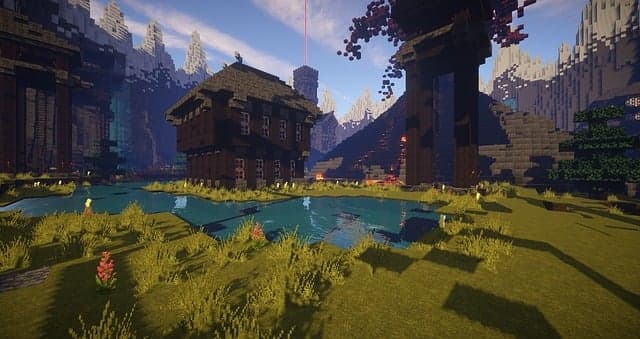How to Make Interesting Game Mechanics
First of all, any game designer should remember that the world is constantly changing, and this applies to games as well: mechanics that are interesting today may lose their relevance tomorrow. That’s why a good game designer follows the trends and always stays up to date with new mechanics and solutions. But even if the game designer is the best of the best, he must be aware that the game is evaluated by players and be ready not only for positive reactions, but also dissatisfaction and criticism. The main criterion for success, if the target audience, on which the game development was directed, is satisfied with the product. The only thing a game designer needs to stop himself sometimes is to come up with non-standard or complex mechanics. The more unique the mechanic, the harder it will be for players to appreciate it. Especially if it’s a new mechanic. At first, strong criticism from novelty and unaccustomedness is possible.
A good example of a new mechanic that players liked is Superhot, in which time in the game moves only when the character moves.
If you have an idea for a new mechanic, before you start implementing it, ask yourself the question “why it has not been implemented yet?”. Perhaps in the course of a dialog with yourself you will find the answer.
A simple example: why is there still no first-person shooter game where you can only move back to front? If it’s a shooter, it must have obstacles and cover of some kind, and how can you track them if the character can’t see what’s behind him? This does not mean that this mechanics is bad, most likely the developers just haven’t come up with a good way to implement it yet.
Quality criteria for game mechanics
Comprehensibility
The first thing that is important to pay attention to when developing a game is how simple and clear the rules are, whether the mechanics are easy to learn and whether the mechanics are perceived visually from the screenshot.
Interesting Solutions
The next criterion is difficult to determine is whether the mechanics are interesting. To understand how interesting the mechanics will be, you can examine how well they match the player’s expectations. For example, if the player expects a shooter, what kind of shooter is it? Let’s take the game Bioshock – it’s a first-person shooter, but with the addition of a new feature in the form of plasmids. Thus we get not just a shooter, but a shooter with an element of magic. From such a solution we can expect that it will expand the player’s possibilities, add new combinations. The process from the mechanics should involve the player and cause vivid emotions, which stimulates the player to repeat the actions again and again.
All this allows the player to enter a streaming state, during which the player is absorbed in the passage process and stay in it for a long time. A good example with immersion in the flow of the game Uncharted. The dynamics of the game changes very quickly: first the player runs through the jungle, then a firefight starts, then solving a puzzle, a few minutes later a jeep chase, again a firefight, etc. All of this keeps things flowing and keeps the player engaged and gives the impression that all of these mechanics are very relatable and interesting.
Mechanics should be memorable
In this case we do not mean that the mechanics are easy to memorize in order to apply them during the game, but that the mechanics should cause emotions that the human brain remembers. It is positive emotions that encourage the player to return to the game again and again. Plus, it allows players to share positive experiences, which also motivates play. In addition to being memorable, the mechanics should not get boring quickly. If the mechanics quickly bore the player, then most likely he will quickly get fed up with the positive emotions and quit playing it. To prevent this from happening, one of the solutions is the ability to combine or expand mechanics. When one mechanic can be transformed.
Depth of Mechanics
- Mechanics should create a sense of skill growth as the game progresses. It’s not necessarily item or level growth, but skill growth. Like in a Guitar Hero game.
- The experience gained by the player allows the game to be played more efficiently.
- The mechanics should be able to allow for further skill growth.
Scalability
Many novice developers and game designers don’t even think about scalability at the beginning of their development. Scalability determines how the mechanics will evolve and how the player will further utilize its depth. Mechanics can be expanded, improved, augmented. This allows you to dilute the user’s gaming experience and make the game more interesting.
Final Word
If you decide to make a game with many mechanics, you need to think about whether this or that mechanic is needed in the game. Games like GTA, Assassin’s Creed, etc. have a lot of mechanics, but players don’t use all of them. If you have a survival game, you don’t need to add Match-3 mechanics or vice versa, if you have a snake game, you don’t need to add crafting mechanics to it.
The combination of the five criteria allows you to make the mechanics addictive. It is the work with each of these five parameters that allows you to make the most interesting game that will be played and returned to, that will be interesting to show to streamers and bloggers, and that will be talked about.









